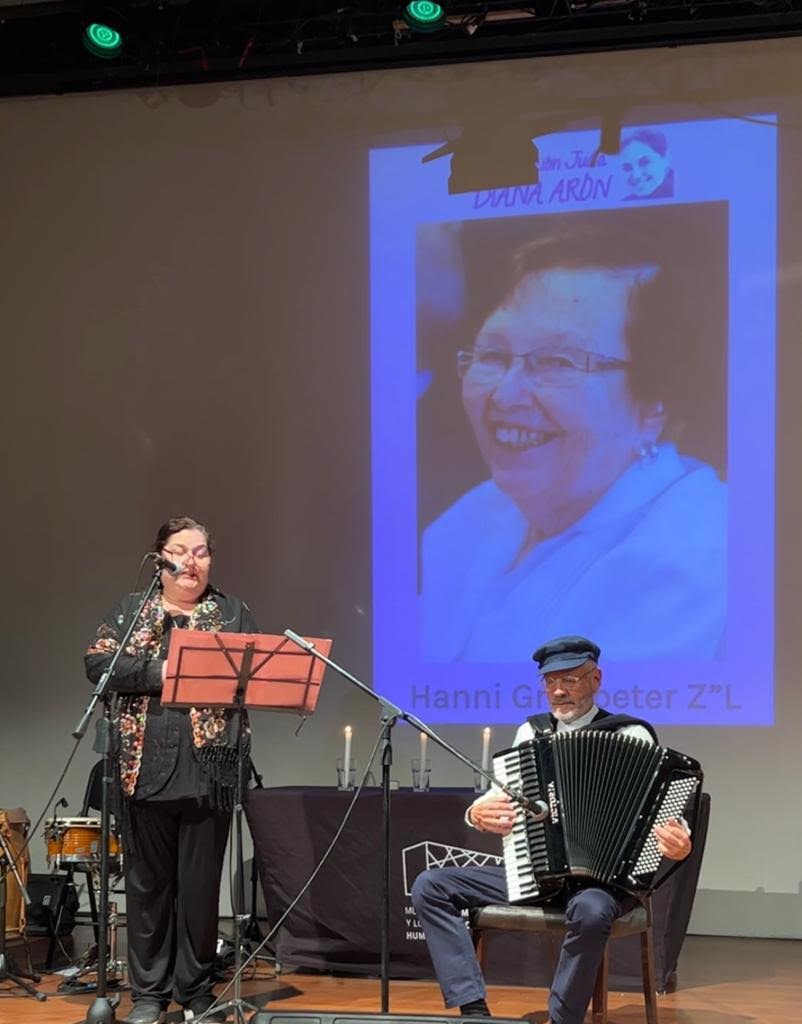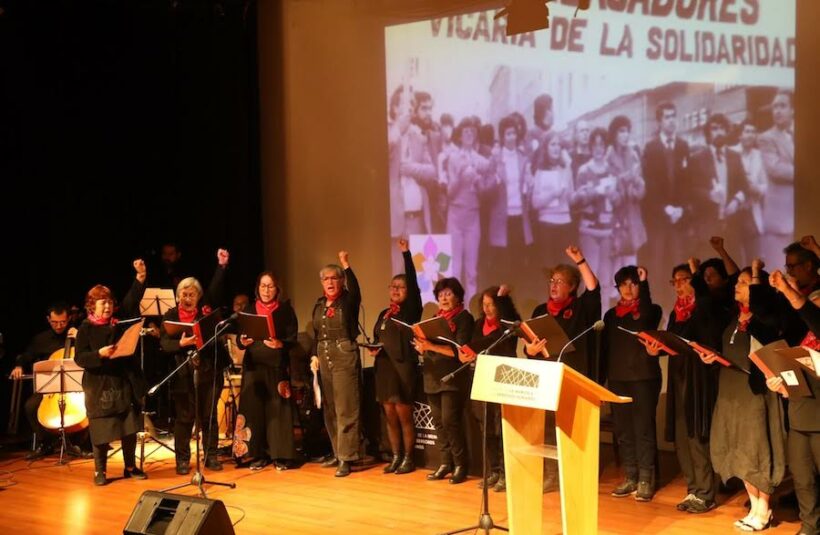On 19 April 1943, German and some Polish battalions entered the 3.4 square kilometre fenced perimeter inside the city of Warsaw, where, since November 1940, Jews had been interned, as their ancestors were in medieval times, in a ghetto. Since the beginning of the year, the Germans had been surprised by a series of armed clashes with Jewish fighters there; this time, their intention was to liquidate the ghetto at once and deport the Jewish remnants to extermination camps. No sooner had they entered, chanting robustly, than a hail of hand grenades, Molotov cocktails and bullets poured down upon them from the windows, balconies and attics of the buildings. The chanting of the Germans turned into groans from the many wounded. The Jewish fighters, who numbered thousands of women, men, and children, held off the military might of the Nazi army for nearly a month.
By Maxine Lowy
This first Jewish uprising encouraged revolts in many ghettos and in several concentration camps, including none other than Auschwitz, contrary to the widely held notion of Jewish passivity, being led to extermination like sheep to the slaughterhouse.
The echoes of this daring human deed, which erupted in a place and time of barbarism, resounded eighty years after at a commemoration of the Warsaw ghetto uprising that was organised in Santiago de Chile on 18 April 2023 by the Agrupación Judía Diana Arón (AJDA).
The event was planned by an unprecedented collaboration of 25 progressive Jewish organisations from five countries on three continents: Argentina, Brazil, Canada, Chile, France and Uruguay. Similar events are currently taking place in 17 cities in these countries. Several of these events have added local dimensions. In Argentina, for example, the 40th anniversary of the restoration of democracy is also being commemorated; in both Uruguay and Chile, the 50th anniversary of the violent institutional ruptures in both countries is also being marked.
In an extraordinary instance of mutual recognition between Jewishness and the universality of human rights, the event in Chilean territory was held at the Museum of Memory and Human Rights – which was modelled on aspects of Yad Vashem, the memorial centre for victims of the Shoah (Holocaust), established in Israel in 1953.
As a paradigm of resistance under extreme conditions of cruelty and state terrorism, the Warsaw ghetto uprising took on new relevance not only because of the venue for the commemoration but also because of the intentional transversality that ran through the event. In front of an audience composed of many people directly affected by the repressive policies of the Chilean dictatorship and many others active in Jewish community ambits, six candles were lit in memory of the victims of the Shoah. Those lighting the candles were: Rosemarie Bornard, a lawyer who was on staff with the Vicaría de Solidarity; Haydee Oberreuter, former political prisoner and former undersecretary for human rights in Chile; Diamela Eltit, author of Palestinian origin and winner of the 2018 national literature prize; Catalina Bosch, activist for migrants’ rights; and Salvador Millaleo, Mapuche lawyer and former advisor to the National Institute for Human Rights.
Also lighting a candle was AJDA member psychiatrist Gunter Seelmann, whose personal story bridges two continents. As a child, Dr. Seelmann and his family fled Germany in 1939, finding refuge in Chile. In May 1974, after seven months of political imprisonment on the southern island of Quriquina, he was expelled from Chile and taken in by Germany. The life-long commitment to justice and the dispossessed of both Seelmann and his late wife Hanni Grunpeter – whose smiling face graced the museum’s auditorium – are considered by AJDA to be examples of the highest values of Judaism, which in turn were embodied by the fighters of the Warsaw Ghetto.
Miguel Lawner, the keynote speaker at the event, is the son of Jewish immigrants from Ukraine who arrived in Chile in the second decade of the 20th century. A large number of his maternal relatives died in a Nazi extermination camp. As an architect, Lawner was in charge of implementing public housing policies during the socialist government of Salvador Allende. After 11 September 1973, he was imprisoned on Dawson Island, in the stormy Strait of Magellan, along with other high-ranking officials of the government deposed by the military coup.
“The Warsaw ghetto uprising is an action that we have an obligation to cherish and remember, particularly in these days, when denialism is growing and multiplying in many countries,” Lawner urged those present”. That handful of Jews fought a heroic battle, taking on the most powerful war machine in existence at the time, so that we, the bearers of that just message, know that nothing, absolutely nothing, never, ever, can justify our indifference or forgetfulness in the face of crimes against humanity.
Lawner’s words continued to resonate as the Voces de la Rebeldía Choir, an ensemble that was born in 1975 in the Chilean concentration camp Tres Alamos, performed songs of resistance and hope.
Bangladesh, East Timor, Cambodia, Guatemala, El Salvador, Chile, Rwanda, Congo, Bosnia, Darfur, and most recently the Yazidi, are some of the names that attest to the fact that the genocidal capacity of human beings has not been eradicated in the 78 years that have passed after the slaughter of 6 million Jews in the Holocaust.
However, the post-Holocaust did trace a path to healing for all societies emerging from extreme situations: through justice, truth, and memory.
In this sense, AJDA’s event was also a gesture of moral reparation for not forgetting Warsaw and Santiago.
With the Jewish liturgical singer Ester Cohen, accompanied by the maestro Sergio Polansky on accordion, the event concluded while the hymn of the Jewish partisans, written in 1943 by Hirsch Glick, resounded with current relevance: Zog nit keyn mol, az du geyst dem letstn veg. Mir Zainen Do; Never say it’s the end of the road. Here we are!

Manuel Kojchen






